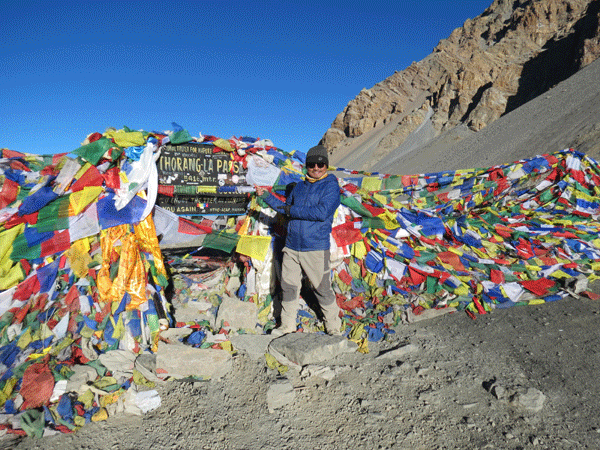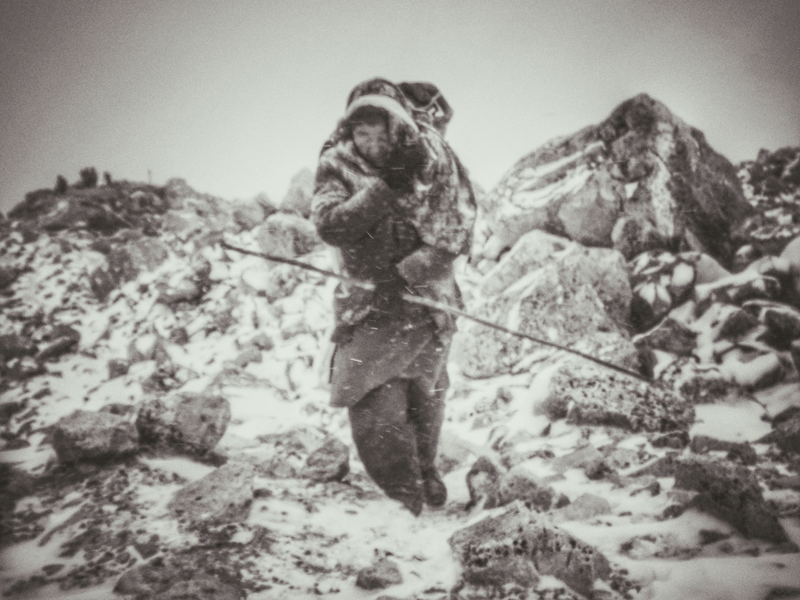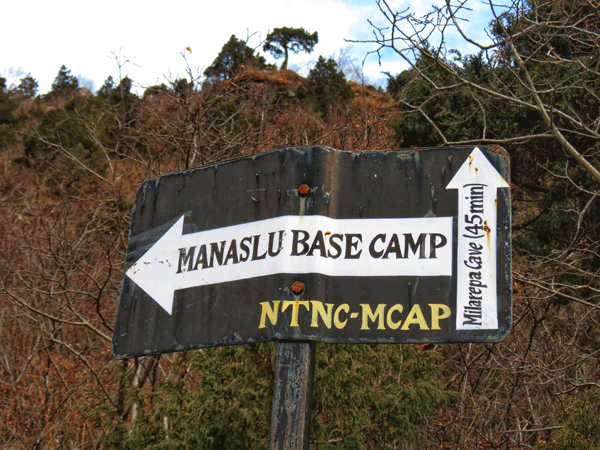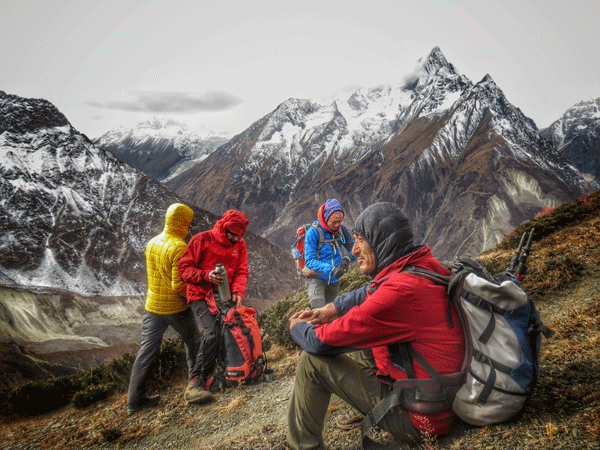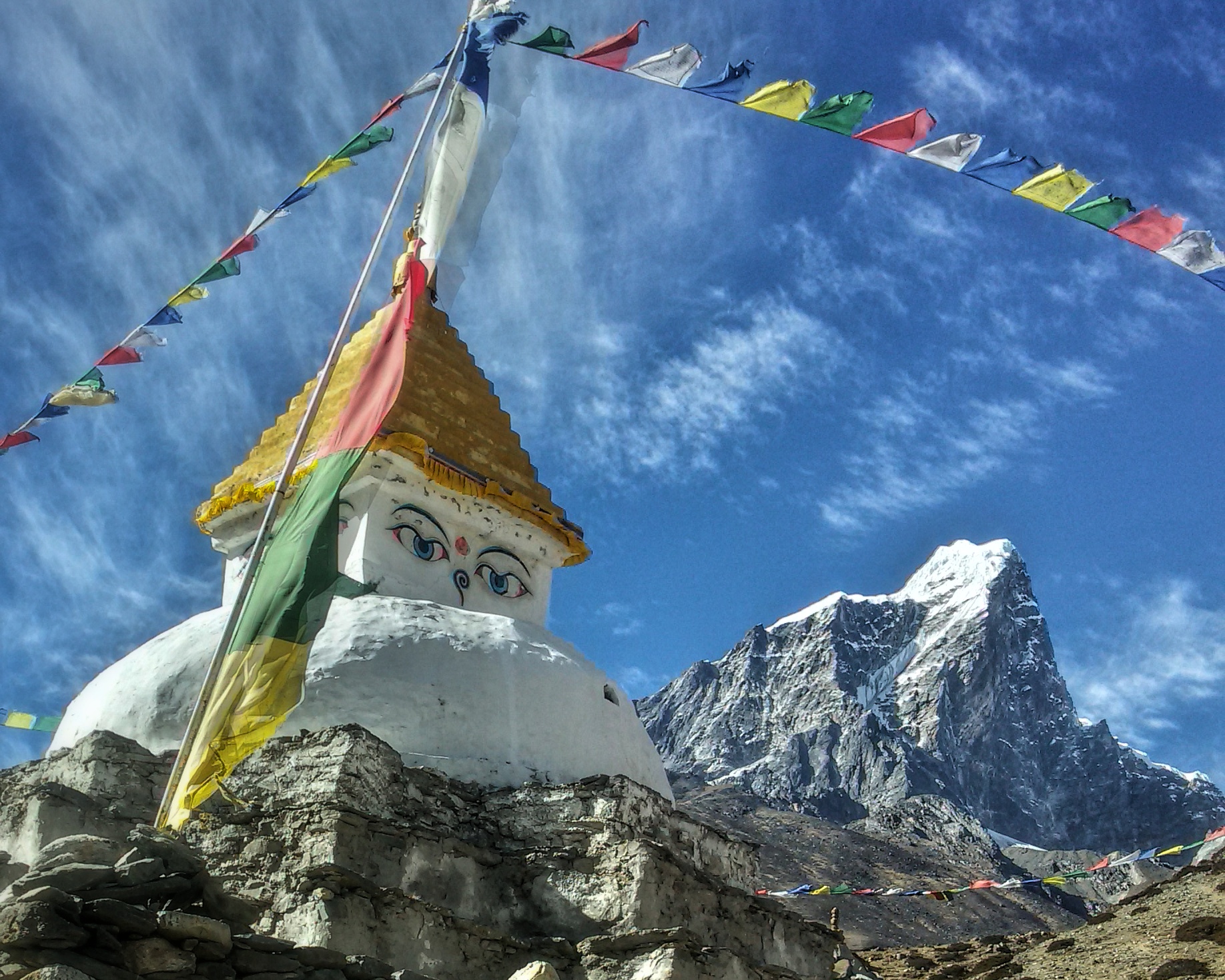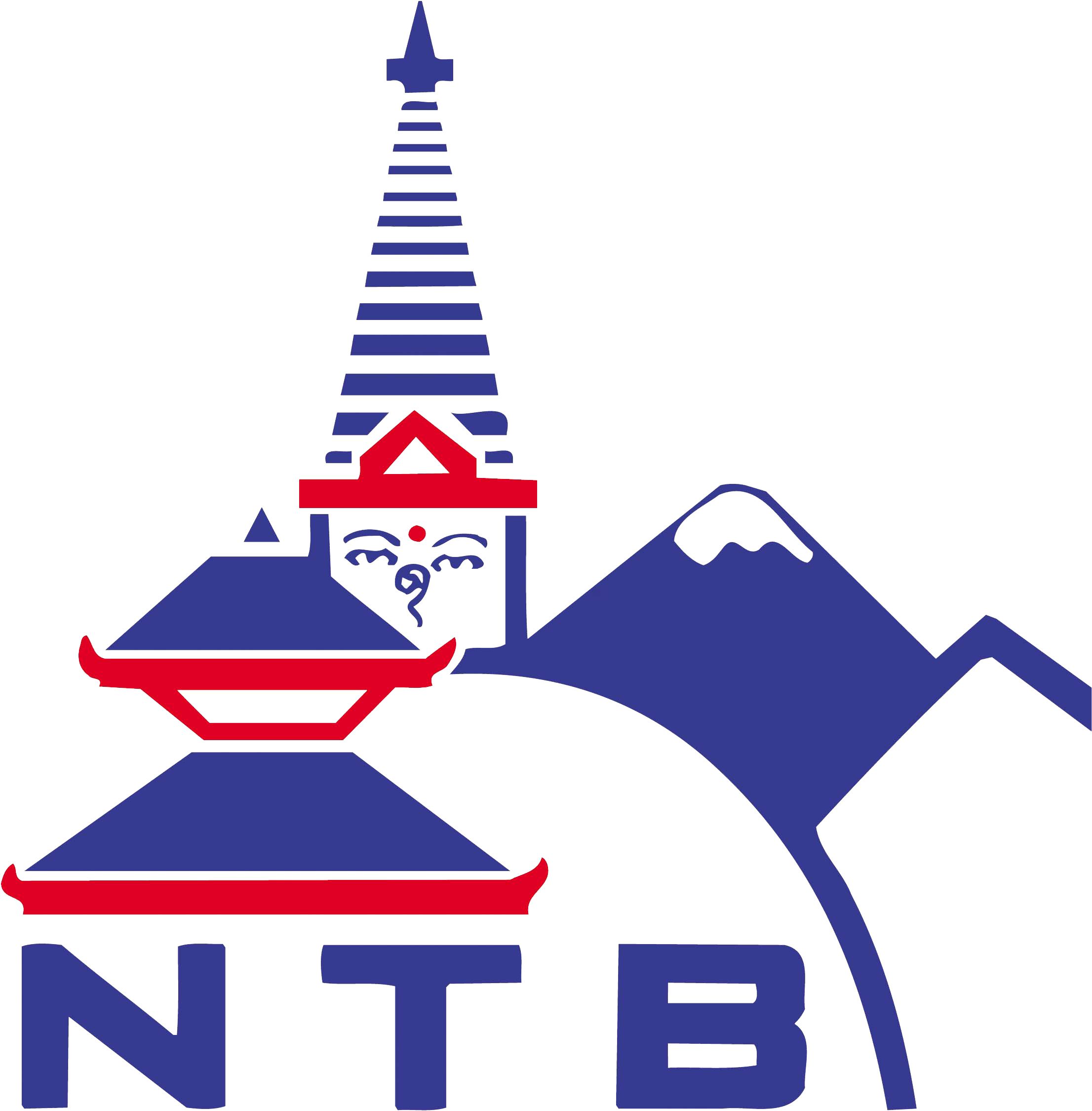One of the most colourful and enduring images from the Himalaya are the stunning bands of Tibetan prayer flags strung along trails, mountain ridges, summits and sacred sites; fluttering in the wind and silently blessing the surrounding countryside. They grace the contrasting high-altitude desolates, not only with their decorative hues but with kindness to nervous mountain travellers seeking solace from exhaustions.
The origin of prayer flags travels back thousands of years to the pre-Buddhist religion of Bon, when the shamanistic and nature-worshipper, Bon priest used primary coloured cloth flags during healing ceremonies. Each colour signified a different element – blue for the sky/space, white for air/wind, red for fire, green for water and yellow for earth. These ancient medicinal practitioners believed that the harmony of health, both physical and mental, was produced through the balance of the five elements. It is uncertain that the ‘Bonpo’, meaning ‘one who recites mantras’, added writings to the plain strips of cloths. Presumably, they may have painted sacred symbols onto the clothed flags which were passed down to the Vajrayana Buddhist philosophy.
Buddhist texts seen on the flag can be broadly categorized as mantras, sutras and prayers meant to spread spiritual vibrations, carried by the wind across the realms. The most common and widely used is the six-syllable of the oldest Buddhist mantra of Avalokiteshvara, the Buddhahood of Compassion - “OM MANI PADME HUM.” Short sutras (teachings of Buddhist philosophy), and prayers for fortune (not of wealth and riches, but of overall aspects of being and existence) are often written alongside the symbols and mantra on the prayer flags.
Undoubtedly, some symbols seen, today, on the Buddhist prayer flags have Bon origins. Extensively seen across the high Himalaya are the Wind Horse, Lungta (Lung means air/wind, and Ta is horse), representing good fortunes, upliftment of life energies, and forces to overcome obstacles. One may also find images of prominent Buddhist figurines (Padmasambhava – the precious Second Buddha, Green Tara – the Protectress of earthly and spiritual travel, Amitayus – the Buddha of Health and Longevity, Vajrasattva – Purification of Karma) printed on the flags. Often accompanying the Lungta on the four corners of the flags are the Four Dignities (four animals) - the Garuda, the Sky Dragon, the Snow Lion and the Tiger, representing the awareness and attitudes necessary on the spiritual path to Enlightenment.
The horizontally strung prayer flags, along a long thread, commonly use Lungta so much that many translate Lungta means prayer flags. Higher the Lungta flutter from the ground, abundant good opportunities and fortunes are abounded. Darchog or prayer flagstaff (Dar means to increase life, fortune, health and wealth. Cho denotes all sentient beings) are vertically attached to a pole and planted on grounds, sacred sites and on rooftops as victorious banner against obstacles, disturbances and ignorance.
Tibetan prayer flags are commonly misunderstood as prayers offered to the Gods. Rather, like the nature-worshipping Bonpo intended, they spread prayers and mantras to the surroundings, carrying goodwill, peace, compassion and wisdom to the universe. The air is purified by the slightest flutter of the prayer flags.
The various Tibetan-Buddhist texts, symbols and categories of the prayer flags are too broad to cover in this article, thus leaving us to lightly touch on the few common ones seen across the culturally-abound Himalaya. And at the end of your trek, do not forget to take one of these prayer flags back home with you, not as a souvenir, gifts or a nostalgic travel memorabilia, but to bring in harmony, happiness and good fortunes to your life and to everything else the wind touches.
